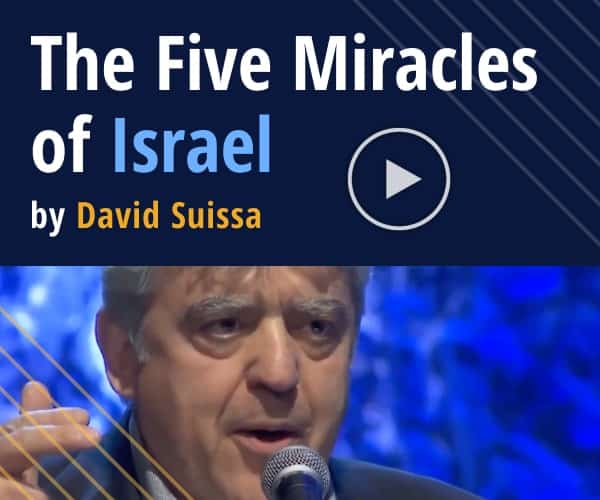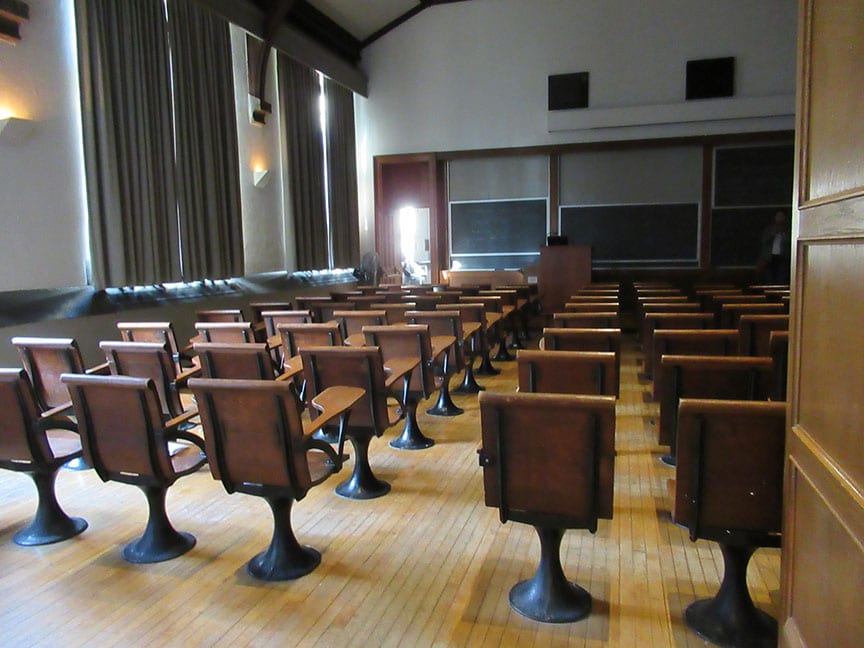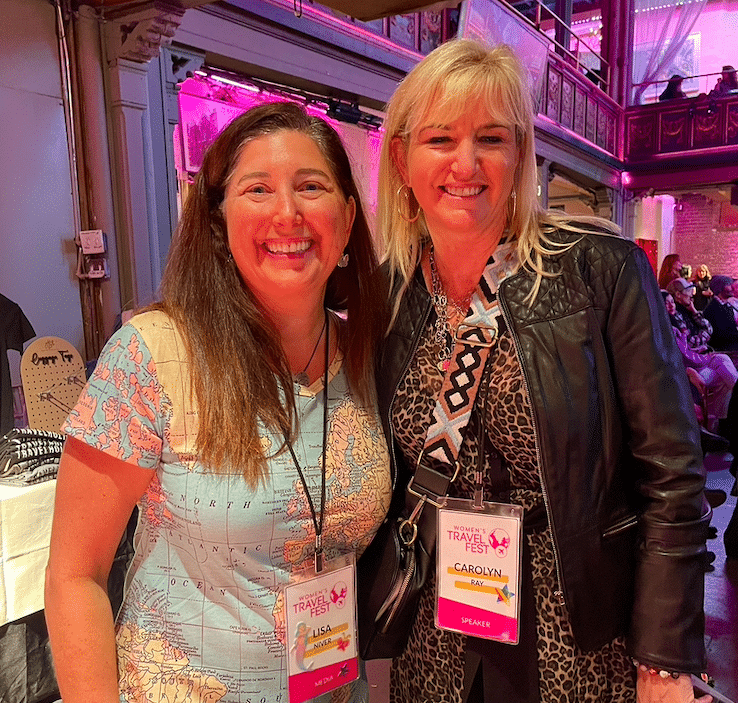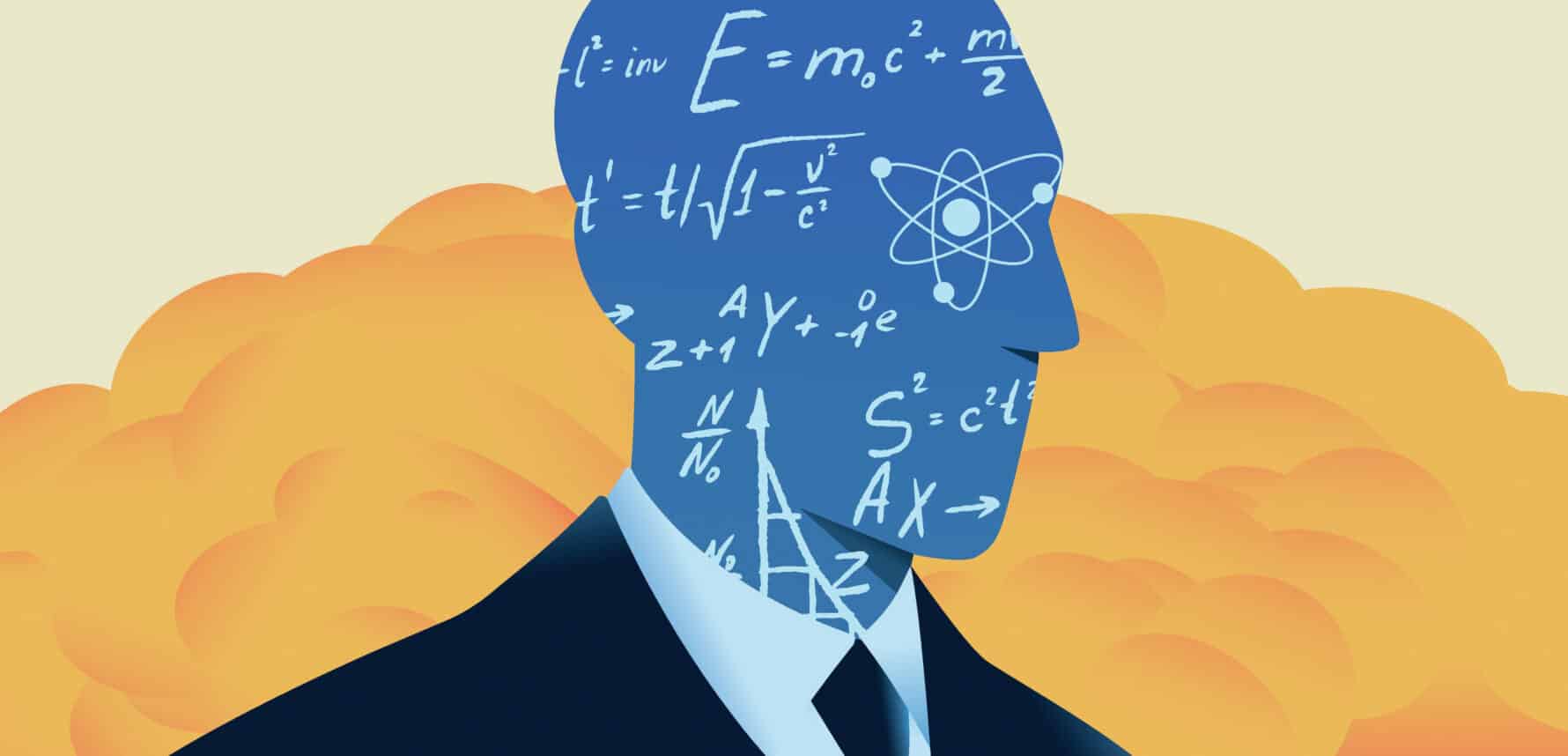 NEUTROPHIL, WHITE BLOOD CELL, HUMAN BLOOD, 400X. Segmented (lobed) nucleus. Most common WBC. Excellent phagocyte. human blood. Also, shows red blood cells, and one platelet (thromobocyte). Photo by Ed Reschke/Getty Images
NEUTROPHIL, WHITE BLOOD CELL, HUMAN BLOOD, 400X. Segmented (lobed) nucleus. Most common WBC. Excellent phagocyte. human blood. Also, shows red blood cells, and one platelet (thromobocyte). Photo by Ed Reschke/Getty Images
Jewish Contributions to Humanity #8:
Original research by Walter L. Field.
Sponsored by Irwin S. Field.
ELIE METCHNIKOFF (1845-1916). b. Panasovka, Russia. Nobel Prize in Physiology or Medicine 1908. White blood cells — our first line of defense.
After obtaining his four-year natural sciences degree in only two years at Kharkiv University, Elie Metchnikoff began work in a private lab in Messina, Italy in 1882. There, he noticed a reaction in starfishes when he stuck small thorns into them—white cells would inflame the affected area and then surround, attack, and literally devour the invader. These defensive cells were named “phagocytes,” and although Metchnikoff’s findings were initially met with skepticism, he was awarded a Nobel Prize in 1908 for his discovery of this key element of organisms’ innate immune system—the body’s first line of defense. Metchnikoff’s research into lactic acid also began the widely popular probiotics movement. He theorized that ingestion of certain bacteria—often found in types of yogurt and milk—could prolong life.
OTTO LOEWI (1873-1961). b. Frankfurt, Germany. Nobel Prize in Physiology or Medicine 1936. Identifying how our brain communicates with our body.
Initially an aspiring clinician, Otto Loewi switched to research after he arrived at the painful conclusion that modern medicine had no treatment for people with advanced tuberculosis and pneumonia. That shift revolutionized human medicine. Loewi, bucking the conventional scientific wisdom of his time, discovered that neurons can communicate with each other through chemical reactions—not only electrical signals. This discovery of neurochemical transmission was instrumental in pharmacology, pathology, psychiatry, and countless other medical fields. Suspecting that chemicals played an intimate role in neuro-communication, Loewi took two beating frog hearts and covered them both in saline solution. He stimulated the vagus nerve of one of the hearts, thus slowing down its heart rate. He then transferred some of the saline from that heart on to the other heart, which in turn slowed down that heart’s rate, proving that there was a chemical—not only an electric impulse—released by the vagus nerve that impacted cell and neuron behavior. That chemical, or neurotransmitter, is now known as acetylcholine.
JOSHUA LEDERBERG (1925-2008). b. Montclair, New Jersey. Nobel Prize in Physiology or Medicine 1958. Explaining bacterial resistance.
Graduating high school at 15 and receiving his Nobel Prize only 18 years later, Joshua Lederberg’s genetic research made him one of molecular biology’s foundational scientists. A zoologist and doctor by training, Lederberg bucked most scientists of his time, who believed that bacteria pass down exact genetic copies to their offspring. In the late 1940s Lederberg showed that bacteria transfer and share DNA among themselves, creating offspring with different genes that are better adapted for that specific environment. The discovery had massive implications for biotechnology, genetics, and pharmacology, particularly in understanding how bacteria develop resistance to drugs. Lederberg went on to chair the genetics department at Stanford, write regular science columns for the Washington Post, and advise several U.S. presidents and NASA.




















 More news and opinions than at a Shabbat dinner, right in your inbox.
More news and opinions than at a Shabbat dinner, right in your inbox.